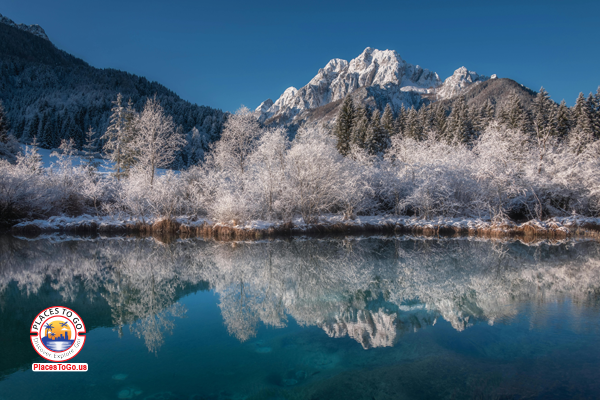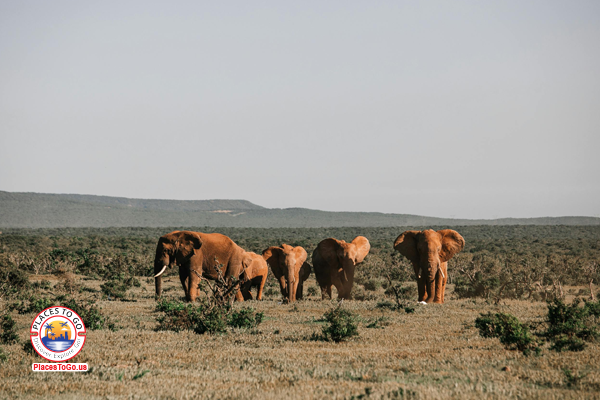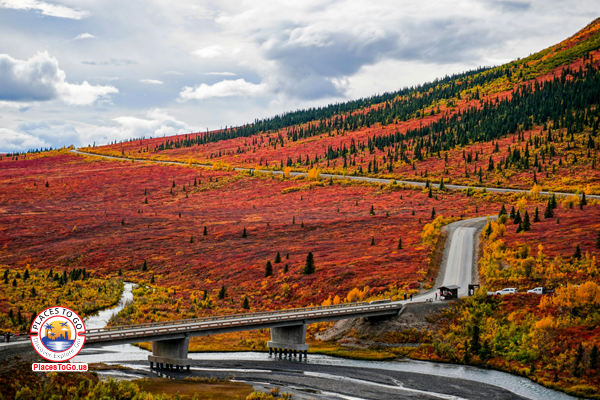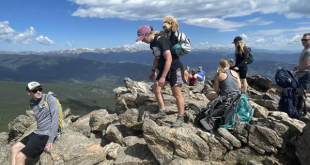The United States is home to an incredible array of natural wonders, and US National Parks stand as proud symbols of the country’s commitment to preserving its unique landscapes and ecosystems. From the towering peaks of the Rocky Mountains to the serene deserts of the Southwest, these protected areas offer breathtaking scenery, a rich tapestry of history, and countless opportunities for adventure.
The History of Conservation in America
The concept of national parks began with the establishment of Yellowstone National Park in 1872, a groundbreaking moment in global conservation efforts. Signed into law by President Ulysses S. Grant, Yellowstone was established “for the benefit and enjoyment of the people,” paving the way for the creation of future parks.
This initiative gained momentum with the creation of the National Park Service (NPS) in 1916. The agency was tasked with managing and protecting these parks for future generations while ensuring public enjoyment. Today, the NPS oversees more than 400 sites, including 63 officially designated parks, making the United States a leader in environmental conservation.
For more travel inspiration, check out our Top Destinations in the US and City Guides for Exploring America.
Iconic Landscapes Across the Country
Each national park boasts its own unique character and charm, showcasing the incredible diversity of the US landscape:
Grand Canyon National Park, Arizona: Recognized as a UNESCO World Heritage Site, the Grand Canyon captivates visitors with its breathtaking vistas, sculpted by the Colorado River over millions of years.
Great Smoky Mountains National Park, Tennessee/North Carolina: Known for its mist-covered peaks and diverse wildlife, this destination is a haven for hikers, nature lovers, and history enthusiasts alike.
Yosemite National Park, California: Famous for its granite cliffs, waterfalls, and ancient sequoias, Yosemite is a treasure trove of natural wonders and outdoor activities.
Everglades National Park, Florida: This unique ecosystem of wetlands is home to rare and endangered species such as the American crocodile and the elusive Florida panther.
Denali National Park, Alaska: Dominated by North America’s highest peak, Denali offers a remote wilderness experience with opportunities for wildlife viewing and mountaineering.
The Importance of Protected Areas
Beyond their natural beauty, US national parks hold immense cultural, historical, and ecological value. They serve as:
– Protectors of Biodiversity: Parks provide critical habitats for countless plant and animal species, many of which are endangered.
– Cultural Treasures: From Native American heritage sites to historic landmarks, these locations tell the stories of America’s past.
– Inspiration for All: The untouched beauty of these areas has inspired generations of artists, writers, and conservationists.
– Economic Boosters: Tourism to parks generates billions of dollars annually, supporting local economies and creating jobs.
Essential Tips for Your Next Adventure
- Plan Ahead: Popular parks like Yellowstone and Yosemite often require advance reservations, especially during peak seasons.
- Leave No Trace: Respect nature by adhering to Leave No Trace principles, ensuring these destinations remain pristine for future generations.
- Stay Safe: Familiarize yourself with park rules, wildlife safety guidelines, and weather conditions before setting out.
- Explore Responsibly: Follow designated trails and maintain a safe distance from wildlife to protect both yourself and the environment.
Conclusion
These parks are more than just stunning landscapes; they are gateways to understanding the nation’s natural heritage and cultural history. Whether you’re seeking adventure, tranquility, or inspiration, these destinations offer experiences that will stay with you for a lifetime. Pack your bags, embark on the trails, and discover the incredible wonders that lie ahead.
FAQs About Exploring US National Parks
- Which national park is considered the world’s first, and why is it significant?
Yellowstone National Park, established in 1872, is the first national park in the US and the world, marking the beginning of global conservation efforts. - What is the total number of protected areas managed by the National Park Service in the US?
There are 63 designated national parks, but the National Park Service manages over 400 sites, including monuments, historical landmarks, and recreation areas. - Which national parks in the US are considered must-visit destinations for travelers?
Some iconic parks include the Grand Canyon (Arizona), Yosemite (California), Great Smoky Mountains (Tennessee/North Carolina), Everglades (Florida), and Denali (Alaska). - What exciting activities can visitors enjoy while exploring national parks?
Activities include hiking, camping, wildlife viewing, photography, kayaking, stargazing, and exploring cultural or historical landmarks. - When is the ideal time to explore national parks in the United States?
Spring and fall often provide pleasant weather and fewer crowds, while summer is ideal for outdoor activities. Winter is great for snow sports in parks like Denali or Yosemite. - Are reservations required for visiting popular national parks, and how can I plan ahead?
(Answer: Yes, many popular parks like Yellowstone and Yosemite require advance reservations during peak seasons. Check the official website of the park for the latest reservation guidelines and planning - How can I ensure a safe visit to national parks?
Follow park rules, stay on designated trails, familiarize yourself with wildlife safety guidelines, check weather conditions, and carry essentials like maps and first-aid kits. - Are national parks family-friendly?
Yes! Many parks offer family-friendly trails, interactive visitor centers, and junior ranger programs, making them perfect for all ages. - Why are US national parks important?
National parks protect biodiversity, preserve cultural and historical landmarks, inspire conservation, and contribute to local economies through tourism. - What are Leave No Trace principles, and why are they important?
Leave No Trace principles encourage minimizing human impact by disposing of waste properly, respecting wildlife, and preserving natural areas for future generations.





